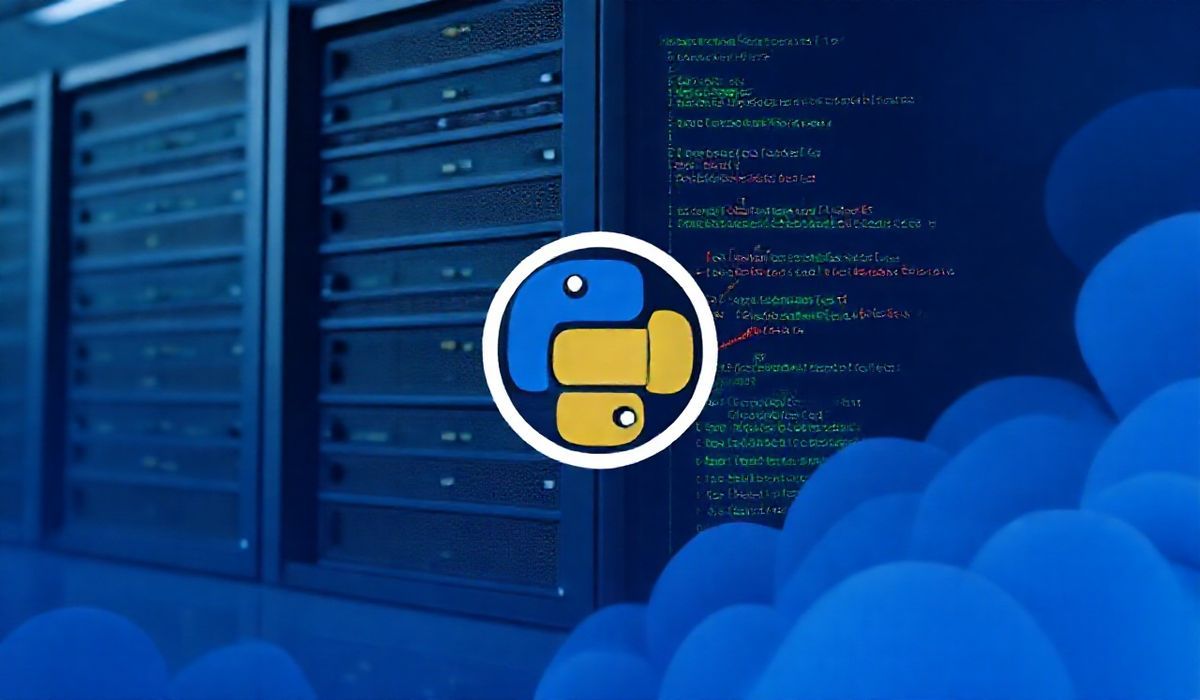Introduction to TOML
TOML, which stands for Tom’s Obvious, Minimal Language, is a widely-adopted configuration file format designed to be easy to read and write. Its key focus is on simplicity, readability, and clear delineation of data types. If you’ve ever worked with configuration formats like JSON or YAML, you’ll find TOML both user-friendly and intuitive.
Why Use TOML?
TOML has become a popular alternative to other configuration formats because it solves some common challenges:
- Readability: TOML is human-readable and organizes data in a way that feels natural.
- Data Types: Allows natively-typed data such as strings, integers, floats, booleans, arrays, and dates.
- Minimal Syntax: By eschewing deeply nested structures, it minimizes confusion and ambiguity.
Using the TOML Parser API
To interact with TOML files programmatically, various programming languages offer dedicated libraries and APIs to parse and manipulate TOML files. Here’s a look at how to use some of these APIs:
1. Parsing TOML Files
Here’s an example using Python’s tomli library:
import tomli
with open("config.toml", "rb") as file:
config = tomli.load(file)
print(config["database"]["user"]) # Access values in the parsed dictionary
For JavaScript/Node.js, you can use the toml package:
const toml = require('toml');
const fs = require('fs');
const fileContent = fs.readFileSync('config.toml', 'utf-8');
const config = toml.parse(fileContent);
console.log(config.database.user); // Access values in the parsed object
2. Writing to TOML Files
Modifying and writing back to TOML can also be done easily. Using Python’s tomli-w library:
from tomli_w import dumps
config = {
"server": {
"host": "localhost",
"port": 8080
}
}
with open("output_config.toml", "wb") as file:
file.write(dumps(config).encode())
3. Validating TOML Structure
Using Rust’s toml crate, you can validate and work with TOML in strongly typed systems:
use toml::Value;
let config = r#"
[server]
host = "localhost"
port = 8080
"#;
let parsed: Value = config.parse().unwrap();
println!("Host: {}", parsed["server"]["host"].as_str().unwrap());
Real-World Example: Configuring a Web Application
Let’s build a practical example where a web application uses TOML for configuration. Consider a Flask web application in Python:
TOML Configuration File
# config.toml
[database]
host = "127.0.0.1"
port = 5432
user = "admin"
password = "secret"
[server]
host = "0.0.0.0"
port = 5000
Flask Application
from flask import Flask
import tomli
# Load configuration from TOML
with open("config.toml", "rb") as file:
config = tomli.load(file)
app = Flask(__name__)
# Use configuration
db = config["database"]
server = config["server"]
@app.route("/")
def home():
return f"Database running at {db['host']}:{db['port']}"
if __name__ == "__main__":
app.run(host=server["host"], port=server["port"])
This example demonstrates how TOML simplifies configuration management for applications.
Conclusion
From its clarity to its flexibility, TOML has become a go-to choice for developers. Whether you’re configuring a web server, database, or any other application, TOML ensures your configuration remains easy to maintain without sacrificing power.




